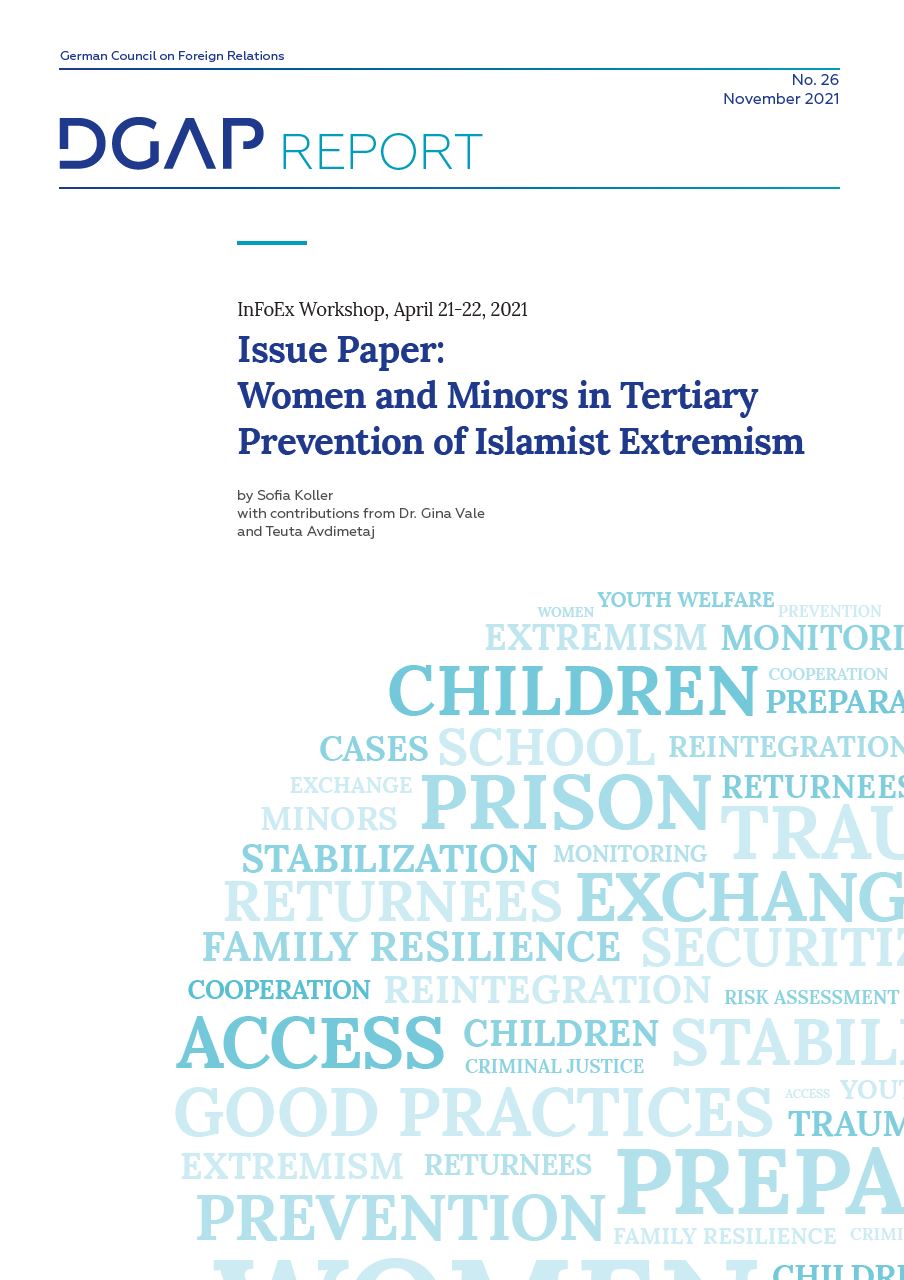Unraveling the Mystery of Stranger Danger
A recent incident involving a woman who received a disturbing letter featuring a drawing of herself as a child has reignited fears surrounding child safety and the pervasive myth of "stranger danger". This case exemplifies how societal anxieties can spiral out of control, fueled by media sensationalism and a culture of fear.
Child Abductions and Public Perception
According to research on the "stranger danger" myth, the public"s perception of child abduction is often distorted. Despite the overwhelming evidence showing that most child abductions are committed by someone known to the victim, families remain fixated on the idea of strangers posing the greatest threat. This misrepresentation creates a cycle of fear that affects parental behavior and public policy.

Connect with DPW at the Police Commander Community Meetings ...
Impact on Mental Health and Community Trust
The psychological toll of these fears cannot be understated. The constant anxiety about child safety leads to increased isolation among families and a breakdown of community trust. Parents may feel compelled to keep their children indoors or supervise them excessively, limiting their opportunities for social interaction and exploration. This phenomenon is exacerbated in marginalized communities where social cohesion is already fragile.
Economic Implications of Fear-Based Policies
These fears have tangible economic consequences as well. Resources that could be directed toward education, community programs, and mental health services are often funneled into policing and surveillance measures aimed at preventing perceived threats. This misallocation of funds perpetuates economic inequality, particularly in low-income areas where community resources are already scarce.

Women and Minors in Tertiary Prevention of Islamist Extremism ...
Rethinking Child Safety in a Broader Context
The discourse surrounding child safety needs to evolve. As reported by Australian health statistics, spending on health and welfare in developed nations shows a growing trend toward preventive care and community support systems. Instead of focusing solely on policing and punitive measures, we should prioritize comprehensive support structures that address the root causes of violence and fear.
A holistic approach to child safety would involve investing in community programs that foster resilience and trust among families. This could include social support networks, educational initiatives, and mental health resources that empower families rather than instilling fear. By reframing the conversation and focusing on community well-being, we can create a safer environment for children that is rooted in trust and collaboration.



![[Video] Giant pandas Huan Huan and Yuan Zi return to China from France](/_next/image?url=%2Fapi%2Fimage%2Fthumbnails%2Fthumbnail-1764071460136-ih2yd-thumbnail.jpg&w=3840&q=75)


![[Video] Ukrainian An-124 Cargo Plane Lands in Israel for Unspecified Load](/_next/image?url=%2Fapi%2Fimage%2Fthumbnails%2Fthumbnail-1764420658156-36b0b4-thumbnail.jpg&w=3840&q=75)
![[Video] Ukrainian Sea Baby Drones Disable Two Russian Tankers in Black Sea](/_next/image?url=%2Fapi%2Fimage%2Fthumbnails%2Fthumbnail-1764420086294-elzana-thumbnail.jpg&w=3840&q=75)
